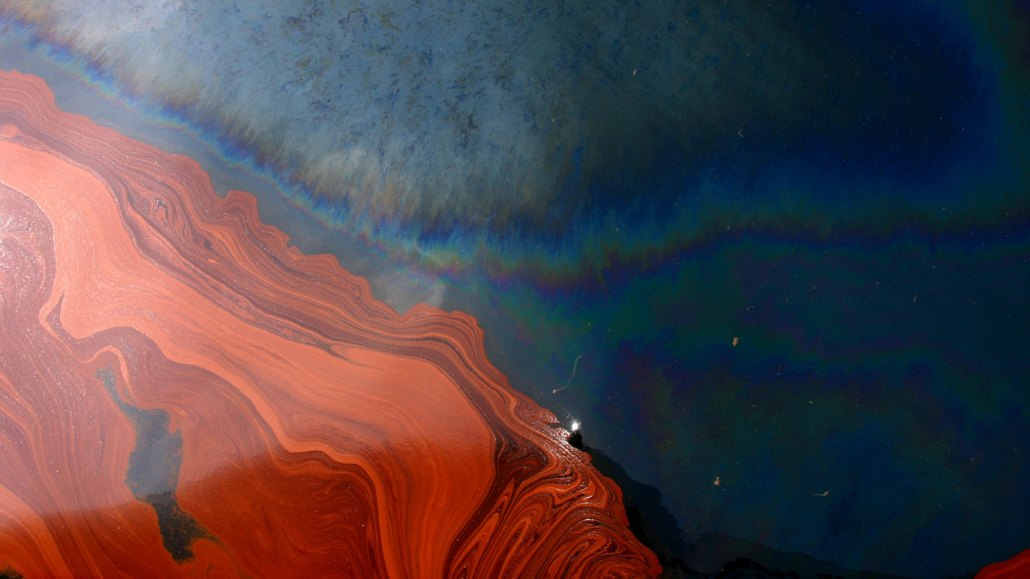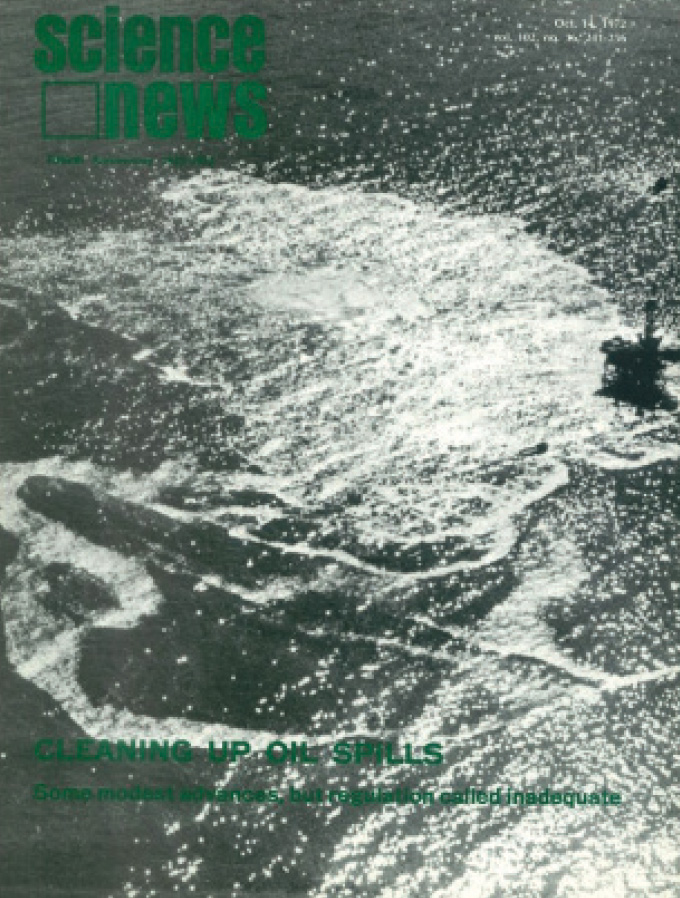50 years ago, scientists found a new way to clean up oil spills
Excerpt from the October 14, 1972 issue of Science News

Oil from the Deepwater Horizon disaster floats atop the Gulf of Mexico in 2010. Chemical dispersants, which have been a staple in oil spill clean-up efforts since they came on the scene 50 years ago, were used to break down some of the oil. Certain microbes and setting fire to the oil helped too.
David L. Valentine/University of California, Santa Barbara







